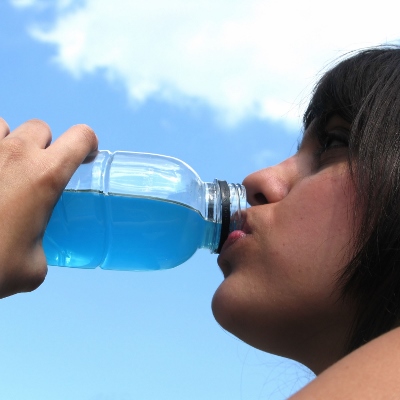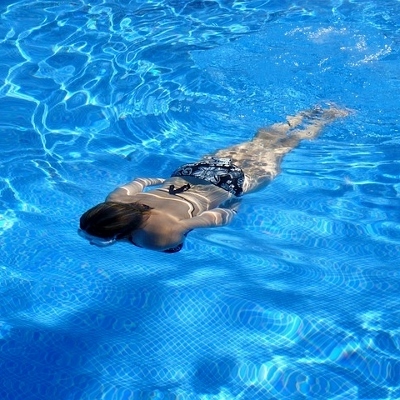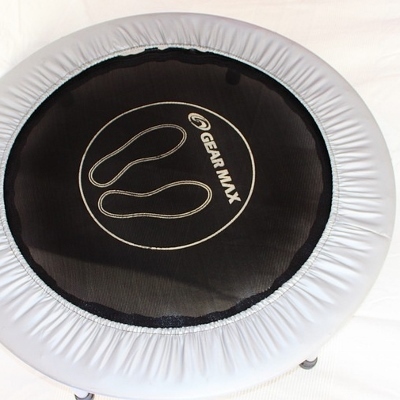 Isotonic drinks are one of the three major types of sports drinks. Sports drinks can be categorized into three basic groups: isotonic, hypertonic, and hypotonic. Isotonic sports drinks are ones that contain salt and sugar concentrations that are similar to the concentrations of salt and sugar in the human body. Hypertonic sports drinks have a higher concentration of sugar and salt than the human body usually has. On the other hand, hypotonic sports drinks contain a lower concentration of sugar and salt than is typically found in the human body.
Isotonic drinks are one of the three major types of sports drinks. Sports drinks can be categorized into three basic groups: isotonic, hypertonic, and hypotonic. Isotonic sports drinks are ones that contain salt and sugar concentrations that are similar to the concentrations of salt and sugar in the human body. Hypertonic sports drinks have a higher concentration of sugar and salt than the human body usually has. On the other hand, hypotonic sports drinks contain a lower concentration of sugar and salt than is typically found in the human body.
Most sports drinks are isotonic. They typically have between 13 and 19 grams of sugar for every 250 ml of solution. That ends up being about four to five teaspoons of sugar for every five ounces. Isotonic drinks have a carbohydrate composition that allows the sugars and salts to be absorbed into the body more quickly than water could. They will also provide you with more easily accessible energy. The potassium and chloride in the isotonic sports drink will also help with replenishing the electrolytes that are lost when someone sweats.
So, is there are a point in time when should you be drinking isotonic sports drinks over water? After all, it is not uncommon to see professional athletes drinking Gatorade or Powerade during their big games. You would think that their coaches would not let them drink sports drinks if there was something wrong with them, right?
Isotonic sports drinks are not always necessary when it comes to fueling your body for a workout. For shorter, less intense workouts, you will probably be just fine with water. At that point, you will not have reduced your body to a state in which you need to replenish all of those salts and sugars as quickly as you can. On the other hand, if you have not fed yourself or provided your body with a source of energy, you will probably want to get yourself a sports drink. This might happen if you are working out early in the morning or right after a long day at work.
Different people and different workouts require a different amount of replenishment. There is a way to scientifically determine how much you are sweating and at what pace. Knowing your sweat rate will help you determine the rate at which you should be replenishing your body. It is not enough to realize that you are thirsty. If you are thirsty, then you were probably in need of water a long time ago in your workout.
There are a few steps to determine your sweat rate. The first step is to record your nude pre-training weight. Then, do a 30 or 60 minute workout session in which you do not consume any fluids. Next, record your nude post-training weight after towelling off any sweat. Now it is time to do some math. Subtract your post-training weight from your pre-training weight and convert it to grams. Now you will know how many grams of fluid you lost in 30 or 60 minutes. This is the amount you should be taking in during your workouts to continue to replenish your body. They say that even a two percent decrease in body weight can impair your exercise performance, so be sure to replenish your body to keep up the good work!
(Photo courtesy of Sanja Gjenero)





